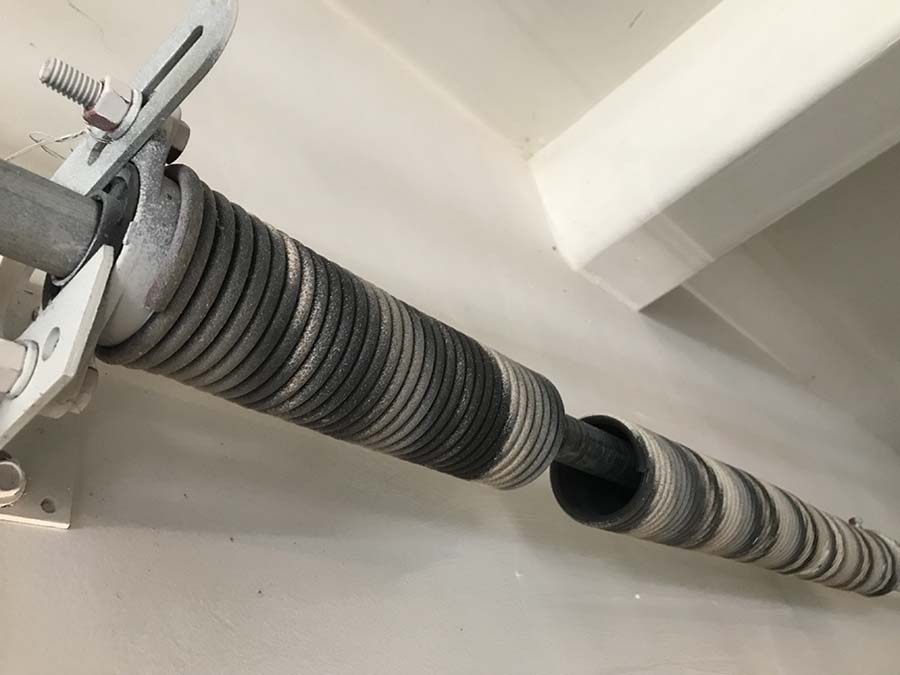A garage door is a large door on a garage that opens either manually or by an electric motor (a garage door opener). Garage doors are frequently large enough to accommodate automobiles and other vehicles.
Small garage doors may be made in a single panel that tilts up and back across the garage ceiling. Larger doors are usually made in several jointed panels that roll up on tracks across the garage ceiling, or into a roll above the doorway.
The operating mechanism is spring-loaded or counterbalanced to offset the weight of the door and reduce human or motor effort required to operate the door. Less commonly, some garage doors slide or swing horizontally. Doors are made of wood, metal, or fiberglass, and may be insulated to prevent heat loss. Warehouses, bus garages and locomotive sheds have larger versions.
If you’re in the market for a new garage door spring repair Newport News, you’ve probably come across a lot of information about garage door springs. In fact, there are so many questions asked about this product that we decided to create a FAQ section with answers to some of the most commonly asked questions.
What Are The Different Types Of Garage Door Springs?
The two main types of springs installed on garage doors are torsion and extension. Torsion springs are typically located above the upper horizontal track and help to lift the garage door when it opens. Extension springs are located on each side of the upper vertical track and help to lift the door when it opens.
How Often Should I Replace My Garage Door Springs?
Torsion springs can last between 5-10 years, depending on the quality of the spring, how often you use it, and environmental factors such as weather. Extension springs typically only require replacement every 7-10 years under normal usage circumstances and environmental conditions.
Can I Replace My Own Garage Door Springs?
No, replacing a garage door spring can be very dangerous and should not be attempted by someone who is not professionally trained to do so.

